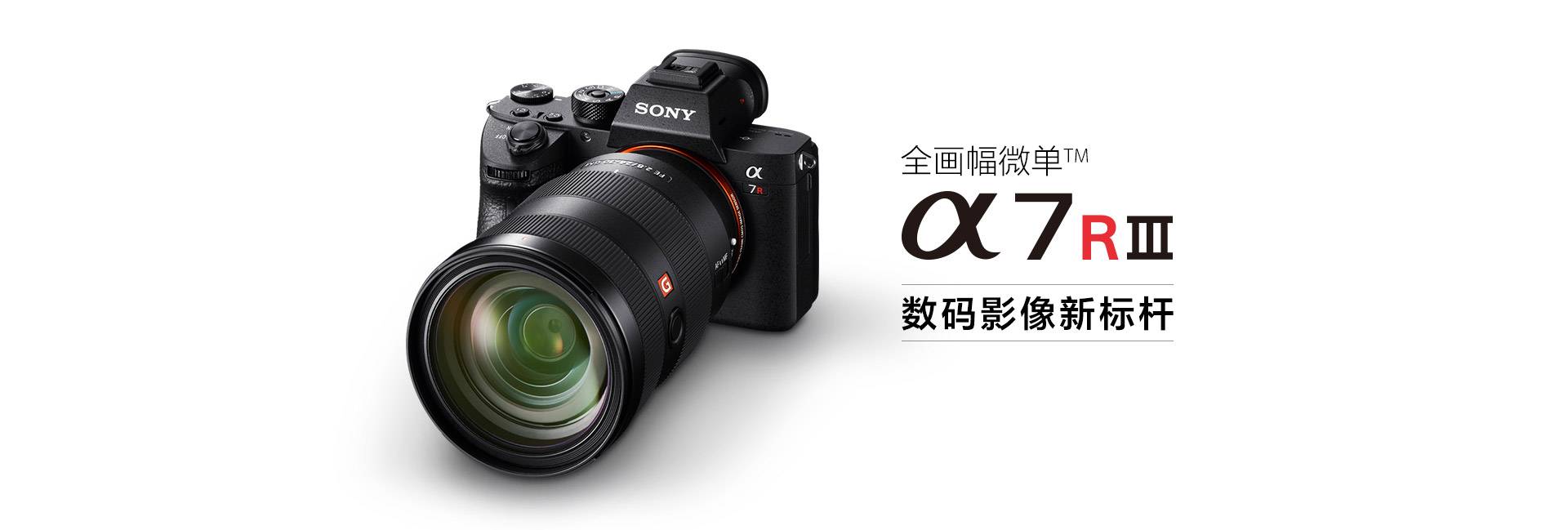
I won't rehash the specific information all over again. Look directly at the official website: https: //www.sonystyle.com.cn/products/nex/ilce_7rm3.htm
A7R3,这机器真是出的让人猝不及防,按照以往a7的产品线,应该发布顺序是a7m3,a7s3,a7r3,再或者应该出a9r系列,谁能料到跳过这些,直接出了a7r3,看来r2这块cmos是真的没有被完全开发,又或者剑指nikon的d850.
Without further ado, let's get right to the review video.
YouTube: httpss://www.youtube.com/watch?v=BOS2yorWXuk
B site link: httpss://www.bilibili.com/video/av17053809/
A7R2, A7R3, D850 Parameter Comparison
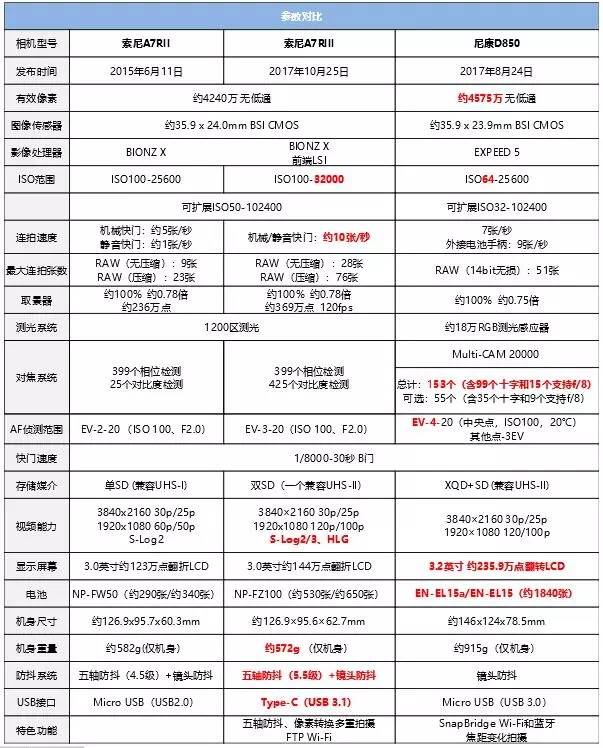
Highlight Extract:10 frames/second mechanical shutter(math.) genusFront-end LSI(math.) genus14bitRAW(math.) genusDual sd card slots(math.) genusStorage speed(math.) genusBattery Life(math.) genusslog3(math.) genusHLG(math.) genus
网上各种关于A7R3的各种开箱和评测已经一大把了,我就不做详细的了,相信大家也看的差不多了,我来说下几个升级较大,槽点明显,实战情况下较为满意和不满的地方吧。
Continuous Shooting Speed
r3 changed the newly developed shutter assembly, the speed to 10 / sec, and is a mechanical shutter speed, to know r2 mechanical shutter only 5, d850 mechanical shutter only 7, even sony's own main speed sports machine a9 mechanical shutter only 5.
It's a bit short of the 14 shots of nikon canon's flagship d5,1dx2 but realize that the r3 has 42.4 megapixels!
42.4 megapixels, 10 frames/second mechanical shutter burst. It's the only one left on the market.
14bitRAW
All hail the 14bit raw files, finally, and here's an important point. Continuous shooting mode is also 14bit.
And that's a real sword to the D850, no less.

Dual sd card slots
Dual card slots, it seems, are standard on pro machines now, and this generation of the r3 is very pleasing and practical, both in terms of the speed of the slots and the way the cover opens.

The problem is also here, with dual cards, only one of them supports high speed cards, UHS-II, while the other one is still the same UHS-I slot as the r2. The problem then is obvious, with dual card shooting, if you record raw files at the same time, the UHS-I slot is slower to store them, while the UHS-II will wait for the UHS-I to finish storing before the next one is stored.
A better way is to store jpg in UHS-I and raw in UHS-II for a more balanced approach, or UHS-II for video and UHS-I for photos to categorize the storage.
After practical use, I personally believe that this generation of dual-card slot, or reservations, and did not give dual-card high-speed, and this one problem. Will directly affect the practicality of the dual card slot, however, better than nothing. Better than nothing.
Opens the lid the same way as the a9. Very easy and quick, no more rubbing around on that rubberized slot on the r2.
On a side note, the ordering of the two card slots is a bit anti-human? Why is slot one on the bottom. Card slot two in the top, this let people who are used to Nikon Canon. It is difficult to adapt to, formatting and other operations will be very tangled, no confidence, I will not need to format the card out of the formatting, formatting and then press back.
Storage speed
This is something that anyone who has used the r2 should know. After the continuous shooting and other operations. Must wait for the camera to store all before other operations can be carried out, in some shooting, will make people wait for the crazy, especially wedding photography such as more testing equipment shooting, and so on the storage is complete, basically already can not shoot.
Then the r3's improvement on this one issue can be said to be a leap forward, breaking the inherent impression that high-megapixel machines are on the slow side, and still allowing other operations to be performed even if they are being stored.
It is simply understood that r2 is single-threaded and r3 is multi-threaded.
Battery Life
The r3 uses that fast NP-FZ100 battery from the a9. The official numbers are 2.2 times the range of the r2.
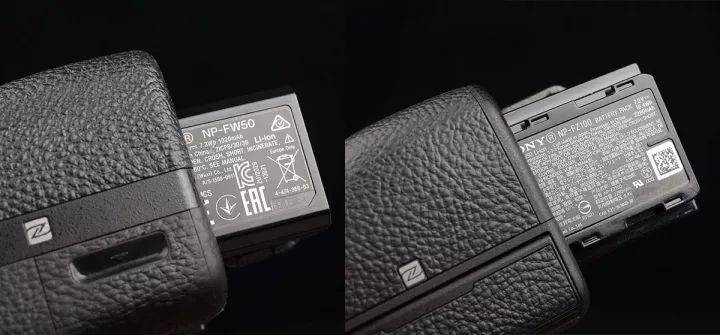
Actual use, the overall feeling will be greater than the official data, the amount of wedding a day of shooting, before the r2 as a secondary machine, the frequency of use in general, a day of 2-3 batteries, if more shooting, a day of 4.
r3, one battery. Auxiliary is the main machine in the morning, after noon it's all about the main shooting machine. By the end of the evening work pickup there was still 13% charge.
This renewal. Exceptionally satisfying.
The official data gives 530 sheets under the screen display.

And in practice, it's shocking. 4,475 photos with power left.
It's jpg+raw. remove half. Still over 2200 sheets.
This range, for normal shooting situations, is enough for a day's worth of shooting.
And an extra battery is enough for special work shoots such as weddings wedding dresses.
menu
The r3 uses the same menu as the a9.
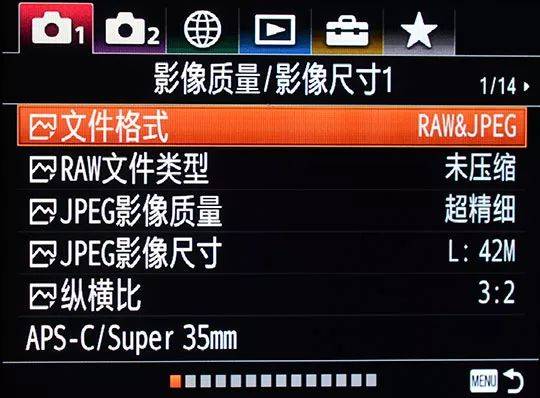
How to say it. The upside is that it's more clearly categorized and better looking.
However, there are as many as 14 items in the photo options, the grading menu alone, and some of the parameters. It's all on the back page. During a shoot, if you're looking for an option, it can take a really long time to scroll through to find it. The simplest. The adjustment of white balance, surprisingly, is not on the first page. The solution is also only more familiarization.
manipulation


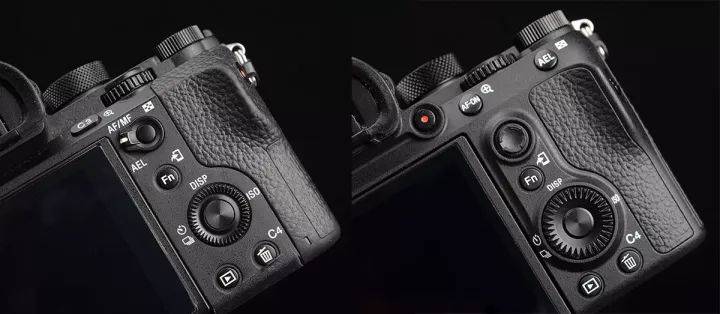
It's obvious. It's more than a little bit better.
First of all, more locking independent button, lock button, in the shooting is very commonly used function, and this independent button, can be more than just a button so simple, in addition to the locking function, you can set up for the standard star level, 1-5 stars, you can set up, the star level is in the post software LR and so on directly can be viewed, this is very practical.
The stars and locks, which can be set on their own according to the photographer's habits, simply draw on the excellent operation of both Canon Nikon.
The shutter button, which has changed little overall, has gone from a flat top to a slightly raised curved surface for improved feel.
Operation area, more af-on, ael, five dimensional toggles. Improved jog dial, video key.
This improvement. From the a9, more professional, more convenient, more user-friendly, but I don't know if it's an exception or just the way it is, the buttons are all on the hard side. Insufficient feedback.
The af-on and ael buttons feel good, soft and well placed.
The new 5-D toggles and dials, both of which are on the stiff side. Feedback is lacking.
Five stars for the video button, no more scrunching my thumbs and poking my fingernails at that tiny little red dot.
viewfinder (of a camera etc)
Boosted to 3.69 million (1280x960), (60, 120) fps
Also the same from the a9 that viewfinder. Up to 120fps, the increase in refresh rate has a direct impact on the experience of using it, no more delays and lag. Perspective changes no longer look delayed because of fps.
My personal feeling is that it looks less dizzy.
monitor
This one is going to be highlighted. The numbers are bumped up to 1.44 megapixels (800x600) compared to the r2's 1.23 megapixels (640x480), which theoretically looks a lot better.
But the actual use, this display, or not, and Nikon Canon gap is not a little bit.
First of all color wise. There will be color difference, very slight. But in the highlights and shadows part of the display is particularly inaccurate, such as the screen to see the highlights have been completely overflowed, a dead light, the output of the photo is surprisingly normal highlights, you can say that the tolerance of the performance is good, but this display is also too inaccurate it.
In addition, due to the low resolution of the display, the display when shooting, very strange, a kind of over-sharpening, graininess is obvious, and the edges of the object is very high contrast, it looks very hard, and in the return visit to look at the photos, it will be better, and the same piece of screen, in the shooting and playback of the display effect is surprisingly different.
The display, which isn't much of an upgrade, can be somewhat distracting to photographers due to inaccuracies.
There's no way around it, just be honest and look at the histogram and shoot.
In contrast, the new viewfinder was a pleasant surprise.
Video
Updated slog3. added HLG, added supersampling.
After all, the cmos is still the same, the problem in log mode remains, the bottom noise is obvious, but the addition of slog3 can bring convenience to the color mixing, which can make up for this problem.
HLG joining can bring native hdr workflows, the
Oversampling, which allows you to shoot and internally record 4K motion pictures in Super 35mm format with 5K (15MP) oversampling.
Added a separate HQ & SQ function. That is, super slow motion and time lapse. This function is greatly praised ah, the previous operation, you want to switch the high frame rate mode, you need to go into the menu to select the mode, and then select the format, in order to switch, now there is an independent mode dial, turn on the dial over to the pre-set 100 or 120fps format. Cutting back to video mode allows you to continue 4k shooting. Very convenient.
Comparison of SLog3 original painting and loaded lut color grading
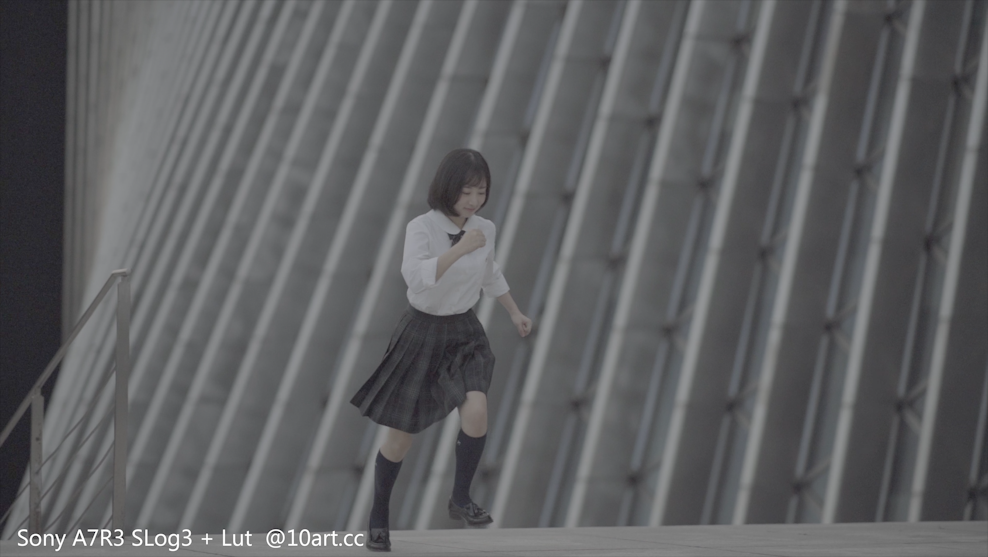

LUT分享:链接:httpss ://pan.baidu. com/s/1dE66CiH Password:3og4
4k to 2k uncompressed HD quality
The video side of things is not my main area, so I'm wondering what my video playing buddies have to say about it?
RAW File Measurement
CameraRAW hasn't been updated yet, can't unlock the file at the moment, waiting for an update to add it.
backward-looking capability
CameraRAW hasn't been updated yet, can't unlock the file at the moment, waiting for an update to add it.
Supplementary: Pixel Conversion Multi-shot
Left original single shot in raw format. Four pixel-converted multi-shot composite photos on the right. You can clearly see the difference in detail with this mode. Still works well for shooting still life and landscapes.
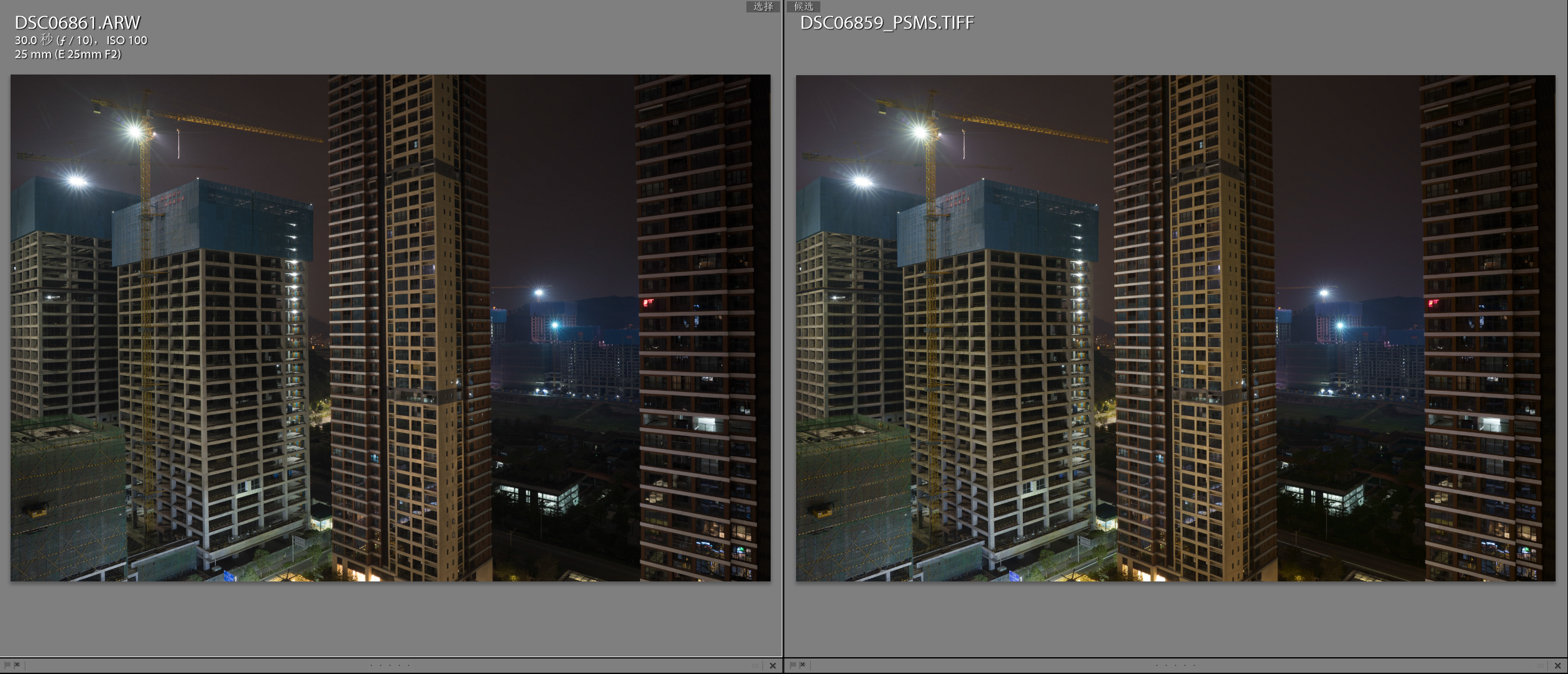
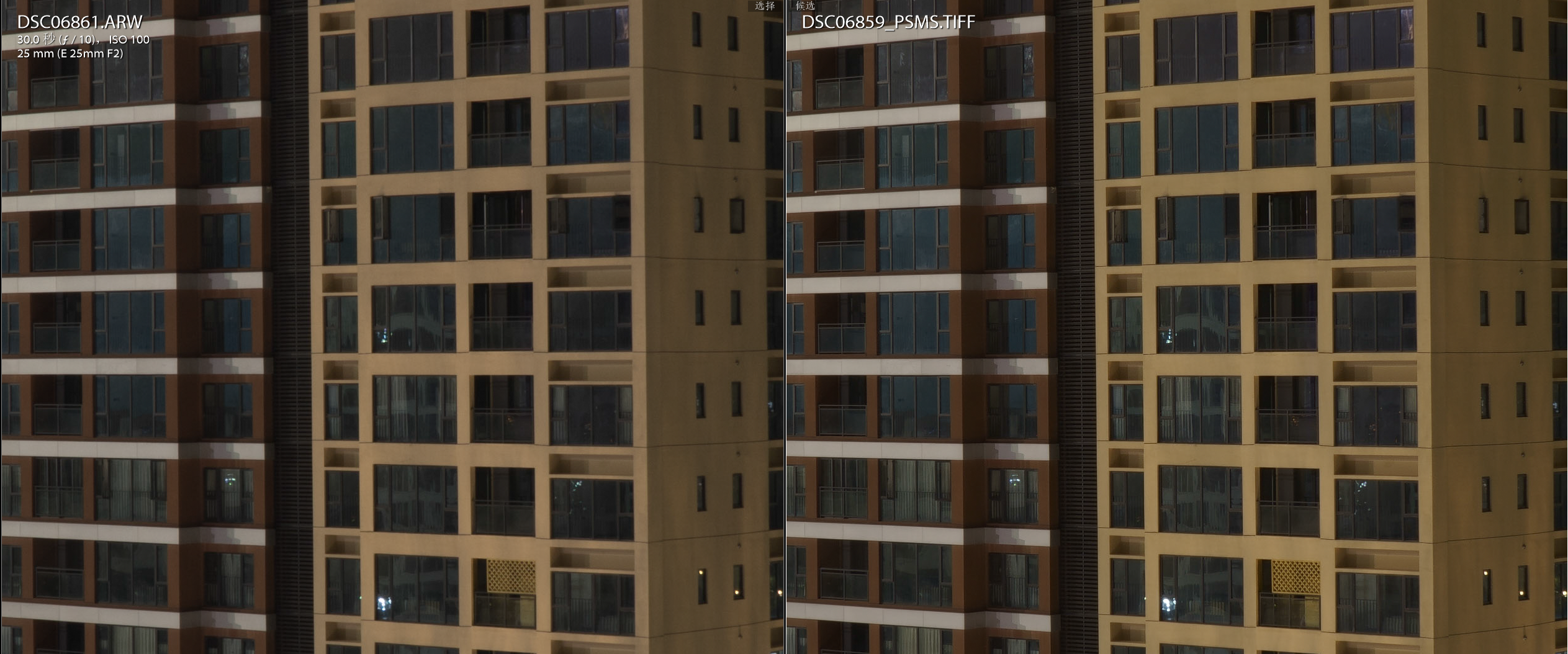
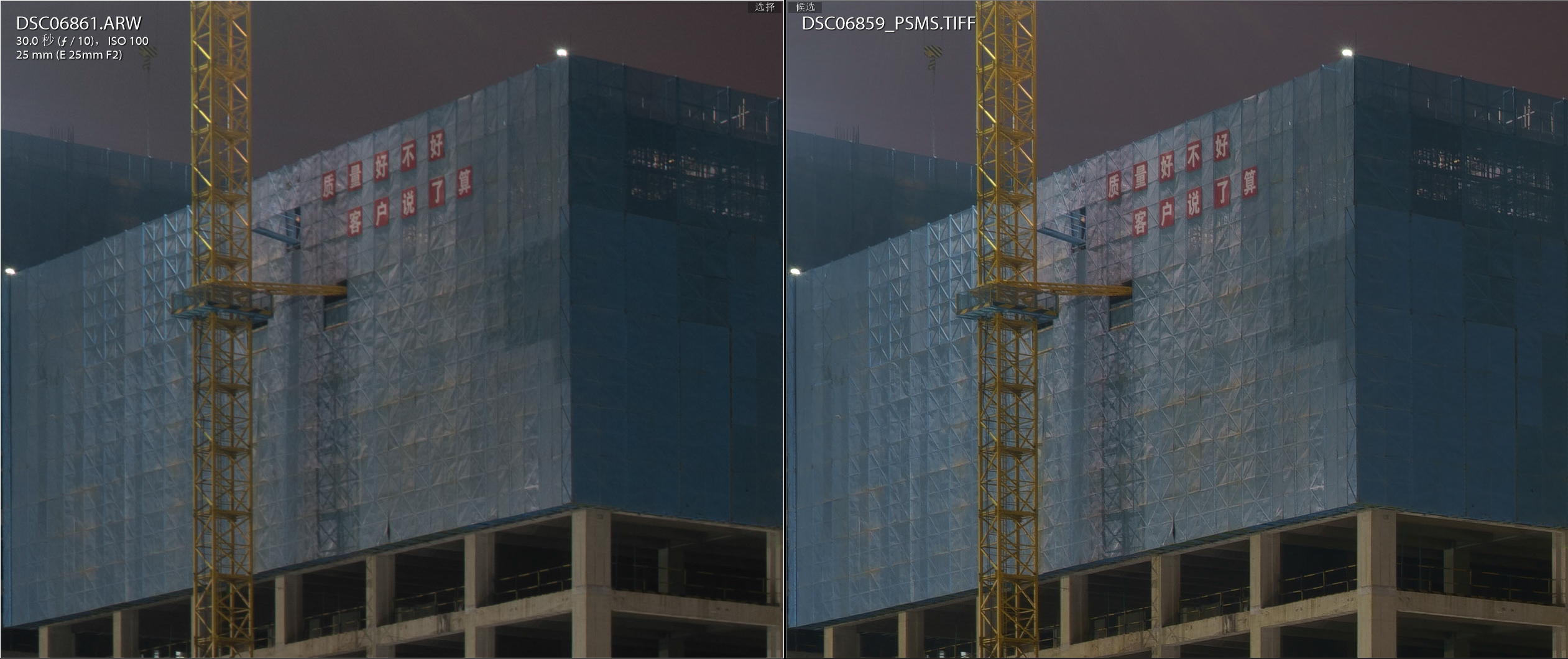

summarize
Instead of a7r3. it's a complete version of an a7r2.
A truly high-resolution full-frame mirrorless camera.
A benchmark machine that is balanced in every way.
A machine that can be trusted by professional photographers.
As sony's tagline goes: the new benchmark for digital imaging.
The next era is up to you.
Sony Dafa is good!
Appearance: @pottedplantfrost
Shot by @PhotographerTaoTaoYang



